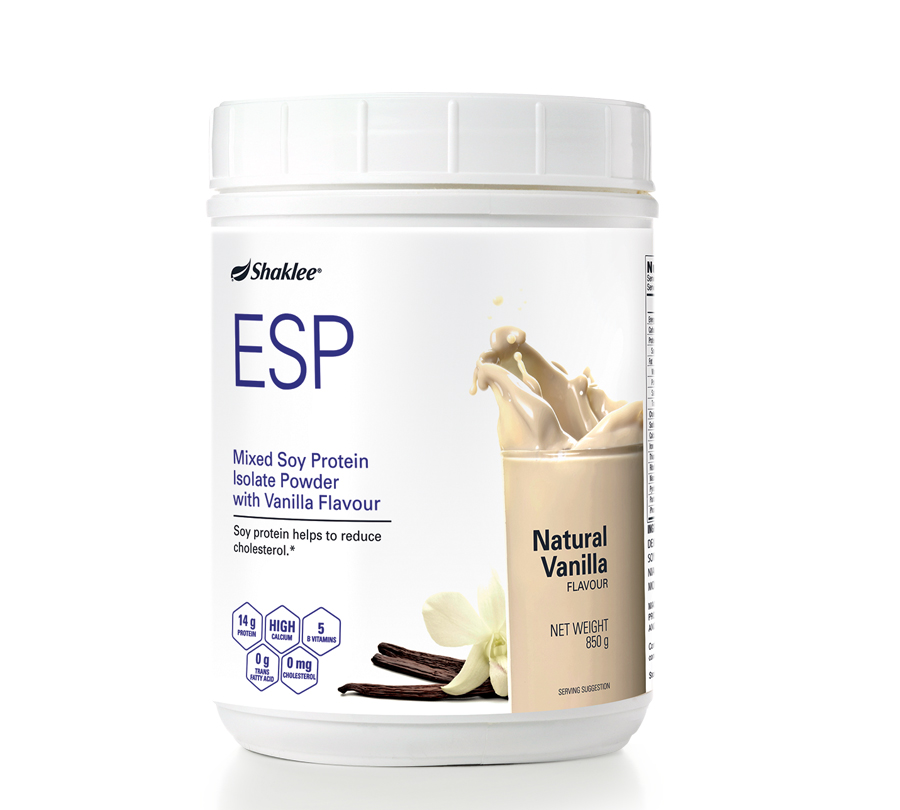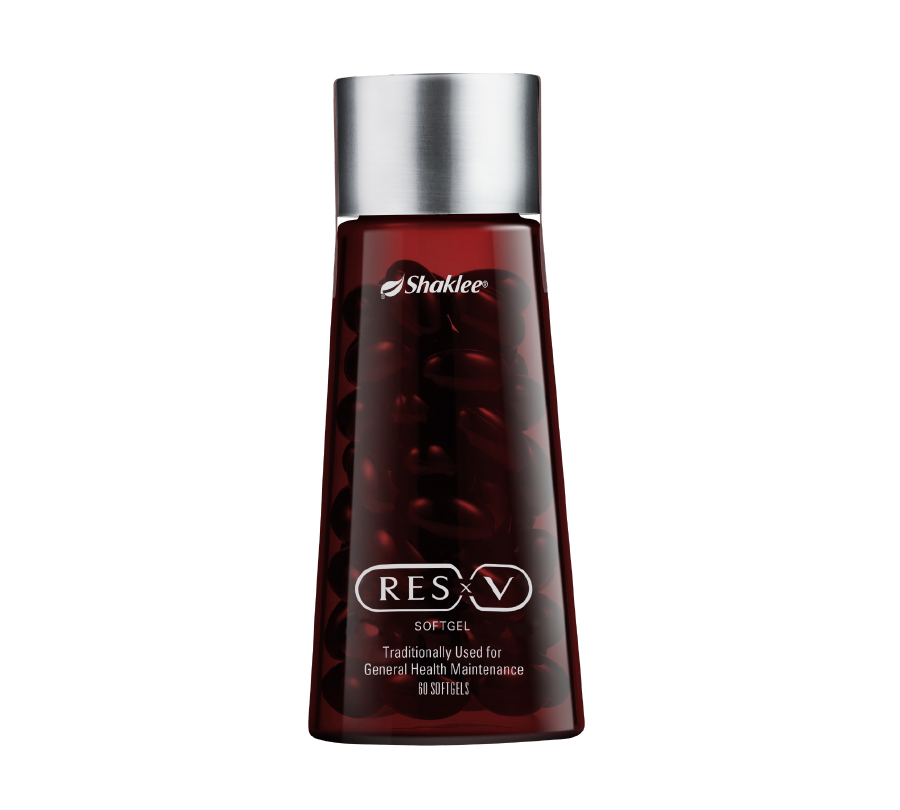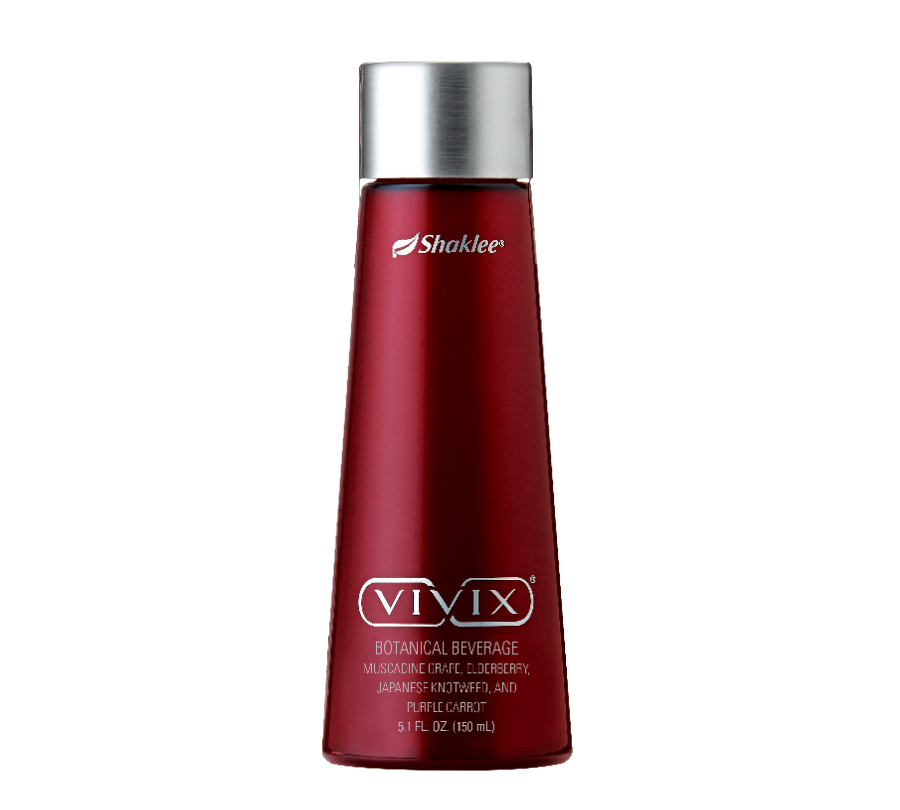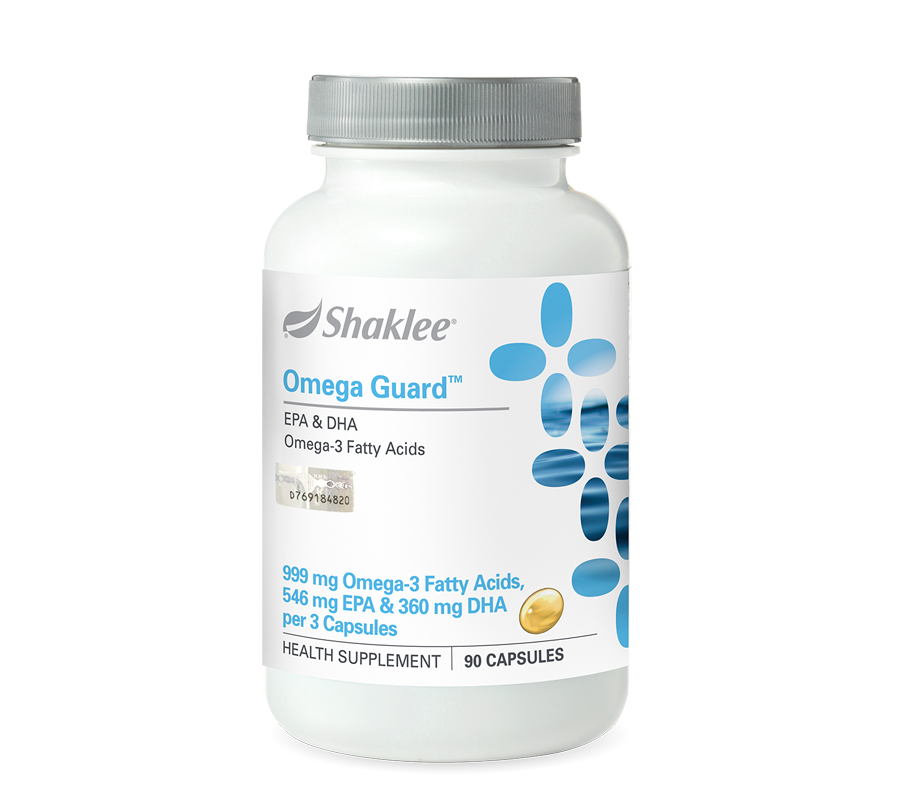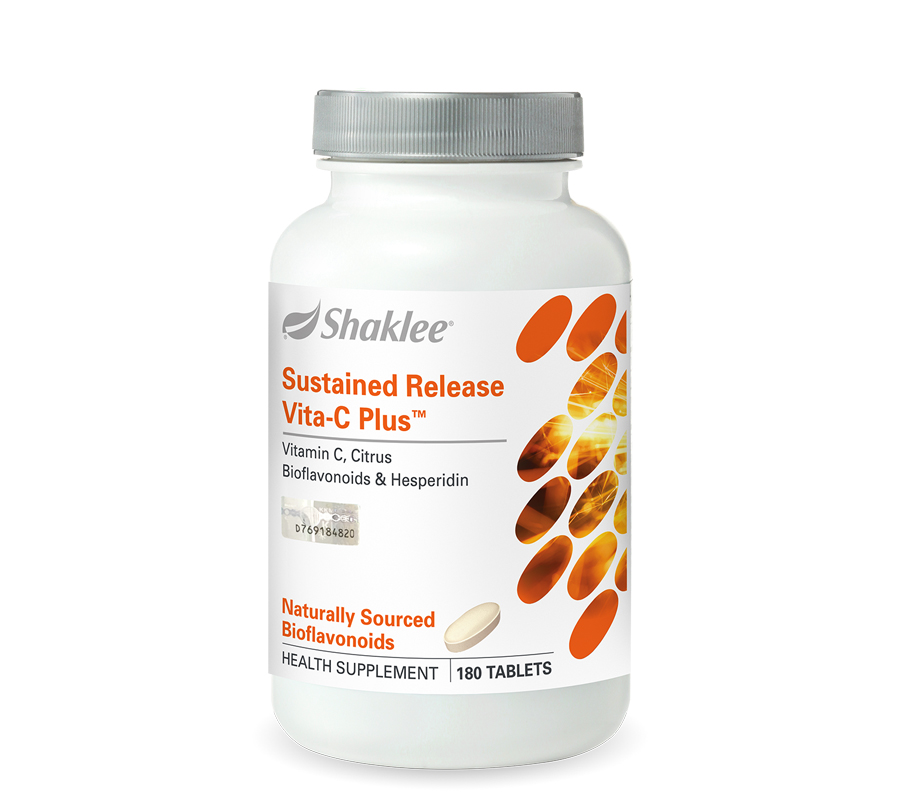Good Health Starts Here
GOOD HEALTH Starts Here
Let’s build wellness. Your body works at its best when it gets all the essential nutrients it needs on a regular basis. These 6 must-have nutrients are important to get you started on your journey to good health.


Omega-3 Fatty Acids
Anti-Inflammatory Agent
- Reduce inflammation.1
- Reduce bad cholesterol (LDL) and triglycerides.2
- Regulate blood pressure levels.3,4
- Improve blood circulation.3,4
- Maintain a healthy heart rhythm.3,4
- Healthier brain function and better moods.5,6
- Stronger bones and healthier joints.7
- Support healthy eyes.
- Enhance immune function.
- Healthy weight loss.

B Vitamins
Your Energising Vitamin!
- Convert food into energy efficiently and effectively, for sustainable energy production.9
- Boost metabolism.
- Enhance memory and support healthy cognitive performance.10
- Alleviate stress and improve mood.11
- Support proper red blood cell formation.12
- Vital for healthy hair and nails.
- Improve muscle performance and endurance.
- Encourage proper bodily functions.

Soy Protein
Basic Building Blocks
- Provide sustained energy throughout the day.
- For optimum cell health.22
- Build and repair tissues.
- Promote healthier nail, skin, hair, etc.
- Build and maintain muscle mass.
- Support growth and development.
- Ease premenstrual syndrome (PMS)23 and menopausal symptoms.24,25,26
- Enhance prostate health.27,28,29
- Lower blood cholesterol level with daily consumption of 25g of soy protein.

Vitamin C
Ultimate Antioxidant
- Boost immunity.8
- Promote stronger gums and connective tissues.
- Support healthier skin.
- Help in tissue repair and wound healing.
- Protect body cells against free radical damage.
- Promote iron absorption.

Calcium
Bone-Loving Nutrient
- Build strong and healthy bones.13
- Reduce risk of osteoporosis and fractures.14,15
- Retain normal blood pressure.16
- Aid in normal blood clotting.17
- Assist in muscle contraction and nerve transmission.18,19
- Reduce PMS symptoms such as bloating, cramps, water retention, irritability and moodiness.20
- Relieve insomnia.21

Polyphenols
Fountain of Youth
- For natural antioxidant protection.30
- Recharge body cells31 for peak performance.
- Boost energy production.32
- Improve immune function.
- Support younger looking skin.33
- Keep your mind sharp.
- Promote effective body detox and cleansing.
- Promote healthy blood circulation34 and maintain healthy blood glucose levels.35
- Nurture and support joint comfort.
- Reduce risk of abnormal cell growth.36
References:
1. Calder PC. n-3, polyunsaturated fatty acids, inflammation and inflammatory diseases. Am J Clin Nutr. 2006 Jun;83(6 Suppl):1505S-1519S. 2. Kris-Etherton PM, Harris WS, Appel LJ, American Heart Association. Nutrition C. Fish consumption, fish oil, omega-3 fatty acids, and cardiovascular disease. Circulation 2002;106:2747-57. 3. Balik EM, Lichtenstein AH, Chung M, Kupelnick B, Chew P, Lau J. Effects of omega-3 fatty acids on serum markers of cardiovascular disease risk: a systematic review. 2006 Nov;189(1):19-30. 4. Jensen CD, et al. Plasma Lipids on Three Levels of Fish Oil Intake in Healthy Human Subjects. Nutr Rep Int, 1988. 38(1): p. 165-172. 5. Giles GE, Mahoney CR, Kanarek RB. Omega-3 fatty acids influence mood in healthy and depressed individuals. Nutr Rev. 2013 Nov;71(11):727-41. 6. 34. Uauy R, Dangour AD. Nutrition in brain development and aging: role of essential fatty acids. Nutr Rev. 2006 May;64(5 Pt 2):S24-33. 7. Goldberg RJ, Katz J. A meta-analysis of the analgesic effects of omega-3 polyunsaturated fatty acid supplementation for inflammatory joint pain. 2007 May;129(1-2):210-23. Epub 2007 Mar 1. 8. Ströhle A1, Hahn A. Vitamin C and immune function. Med Monatsschr Pharm. 2009. Feb;32(2):49-54; quiz 55-6. 9. E Huskisson, S Maggini and M Ruf. (2007). The Role of Vitamins and Minerals in Energy Metabolism and Well-Being. The Journal of International Medical Research. 35: 277 – 289. 10. Sathyanarayana Rao, T., Asha, M., Ramesh, B. and Jagannatha Rao, K. (2008). Understa nding nutrition, depression and mental illnesses. Indian Journal of Psychiatry, 50(2), p.77 11. David O. Kennedy, Rachel Veasey, Anthony Watson, Fiona Dodd, Emma Jones, Silvia Maggini, and Crystal F. Haskell. Effects of B vitamin complex with vitamin c and minerals on subjective mood and performance in healthy males. Psychopharmacology (Berl). 2010 Jul; 211(1): 55–68. 12. Institute of Medicine (1998). Food and Nutrition Board. Dietary Reference Intakes: Thiamin, Riboflavin, Niacin, Vitamin B6, Folate, Cobalamin. Pantothenic Acid, Biotin, and Choline. Washington, DC: National Academy Press. 13. Flynn, A. (2003). The role of dietary calcium in bone health. Proceedings Of The Nutrition Society, 62(4), 851-858. doi: 10.1079/pns2003301. 14. Healthcare Cost Savings of Calcium and Vitamin D Food Supplements in the European Union: Exploring the Burden of Osteoporosis-attributed Bone Fractures in the European Union and the Benefits of Calcium + Vitamin D Food Supplements (2017) Food Supplements Europe and Frost & Sullivan. 15. Smart Prevention—Health Care Cost Savings Resulting from the Targeted Use of Dietary Supplements: An Economic Case for Promoting Increased Intake of Key Dietary Supplements as a Means to Combat Unsustainable Health Care Cost Growth in the United States (2013) CRN USA and Frost & Sullivan. 16. Bostick, R. M., Fosdick, L., Grandits, G. A., Grambsch, P., Gross, M., & Louis, T. A. (2000). Effect of calcium supplementation on serum cholesterol and blood pressure: a randomized, double-blind, placebo-controlled, clinical trial. Archives of family medicine, 9(1), 31. 17. European Food Safety Authority. Scientific Opinion on Calcium Health Benefits. EFSA Journal 2009; 7(9): 1210. 18. Szent-Györgyi, A. G. (1975). Calcium regulation of muscle contraction. Biophysical journal, 15(7), 707-723. 19. Jenkinson, D. H. (1957). The nature of the antagonism between calcium and magnesium ions at the neuromuscular junction. The Journal of physiology, 138(3), 434. 20. Thys-Jacobs, S., Starkey, P., Bernstein, D., Tian, J., & Premenstrual Syndrome Study Group. (1998). Calcium carbonate and the premenstrual syndrome: effects on premenstrual and menstrual symptoms. American journal of obstetrics and gynecology, 179(2), 444-452. 21. Das, G., Gopalakrishnan, A., Faisal, M., & Mallick, B. N. (2008). Stimulatory role of calcium in rapid eye movement sleep deprivation–induced noradrenaline-mediated increase in Na-K-ATPase activity in rat brain. Neuroscience, 155(1), 76-89. 22. Lonnie M, Hooker E, Brunstrom JM, Corfe BM, Green MA, Watson AW, Williams EA, Stevenson EJ, Penson S, Johnstone AM. Protein for Life: Review of Optimal Protein Intake, Sustainable Dietary Sources and the Effect on Appetite in Ageing Adults. Nutrients. 2018 Mar 16;10(3):360. doi: 10.3390/nu10030360. PMID: 29547523; PMCID: PMC5872778. 23. Bryant M, Cassidy A, Hill C, Powell J, Talbot D, Dye L. Effect of consumption of soy isoflavones on behavioral, somatic and affective symptoms in women with premenstrual syndrome. Br J Nutr. 2005 May; 93 (5): 731-9. 24. Kurzer, M.S., 2000. Hormonal effects of soy isoflavones: studies in premenopausal and postmenopausal women. The Journal of nutrition, 130 (3),pp.660S-661S. 25. Mbu, R.E., Abauleth, Y.R., Koffi, A., Keita, N., Dolo, A. and Lankoande, J., 2013. Effect of daily supplementation of soy isoflavones on hot flashes and night sweats in African menopausal women. Open Journal of Obstetrics and Gynecology, 4(01), p.42.. 26. Carmignani, L.O., Pedro, A.O., Costa-Paiva, L.H. and Pinto-Neto, A.M., 2010. The effect of dietary soy supplementation compared to estrogen and placebo onmenopausal symptoms: a randomized controlled trial. Maturitas, 67(3), pp.262-269. 27. Chao, W. (2008). Health Effects of Soy Protein and Isoflavones in Humans. The Journal of Nutrition, [online] 138, pp.1244-1249. Available at: http://jn.nutrition.org/content/138/6/1244S.full.pdf+html. 28. Bruno, G. (2014). Soy Protein: Misconceptions and Benefits for Men. [ebook] Total Health Online, pp.24-27. Available at: https://www.hchs.edu/sites/default/files/files/Soy%20protein%20article.pdf. 29. Lin, Y. and Spitznagel, E. (2009). Soy consumption and prostate cancer risk in men: a revisit of a meta-analysis. The American Journal of Clinical Nutrition, [online] 89, pp.1155-1163. Available at: http://ajcn.nutrition.org/content/89/4/1155.full.pdf+html. 30. Augustin Scalbert, Ian T Johnson, Mike Saltmarsh, Polyphenols: antioxidants and beyond, The American Journal of Clinical Nutrition, Volume 81, Issue 1, January 2005, Pages 215S–217S, https://doi.org/10.1093/ajcn/81.1.215S. 31. Sergio D, Nadia S, et al. Enhancement of mitochondrial biogenesis with polyphenols: combined effects of resveratrol and equol in human endothelial cells. Biomed Central 2013 Jul, 11. 32. Lagouge M, Argmann C, Gerhart-Hines Z, Meziane H, et al. Resveratrol improves mitochondrial function and protects against metabolic disease by activating SIRT1 and PGC-1. Cell. 2006; 127(6): 1109-1122. 33. Joi A. N., and Santosh K. K., Skin photoprotectionby natural polyphenols: Anti-inflammatory, antioxidant and DNA repair mechanisms., Arch Dermatol Res. 2010 Mar; 302(2): 71. 34. Vèronique Habauzit and Christine Morand. Evidence for a protective effect of polyphenols-containing foods on cardiovascular health:an update for clinicians. Ther Adv Chronic Dis. 2012 Mar; 3(2): 87–106. 35. Williamson G. 2013. Possible effects of dietary polyphenols on sugar absorption and digestion. Mol Nutr Food Res Jan;57(1):48-57. 36. A Resveratrol and Polyphenol Preparation Supresses Oxidative and Inflammarory Response to a High-Fat, High-Carbohydrate Meal. Date published: February 2, 2011.





